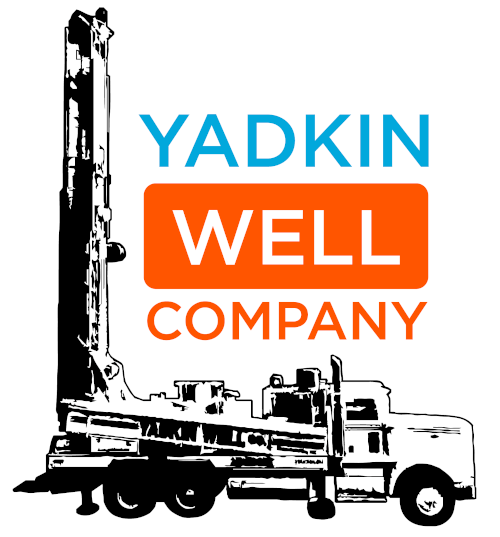While many take the basic act of turning on a faucet for granted, getting water isn’t always that easy. For some, well drilling is necessary. At Yadkin Well Company, we’ve helped countless property owners gain access to the water they need over the years, and we’re sure we can help you as well. There are a number of steps involved in drilling a well, and the exact sequence may change based on several variables. Still, the following steps are common for most projects:

- Site Selection: It is crucial to find the right location for the well. This includes gathering information about how close it is to possible sources of contamination, geological forms, and how easy it is to get to.
- Drilling: Starting the drilling process involves using a drilling rig with a drill bit to make a hole. A truck or a platform can hold the rig, depending on how deep the well is.
- Putting in the Casing: As the borehole is made, a PVC or steel casing is put in to keep it from collapsing and to keep dirt, rocks, and debris out of the well. This also helps to keep the well stable and makes it possible to put in screens that remove sediment.
- Development: Once the well is at the right depth, it is developed to make the flow of water better. This might include methods like surging, jetting, or chemical treatments to clean the well tube of drilling mud and other debris.
- Installing the Pump: The last step is to put in a pump, which will take water from the well and bring it to the surface. The depth of the well, the flow rate, and the purpose of the pump all play a role in choosing the right one.
If you need a well on your property, contact our team to get the process for your commercial, residential, or deep rock well started.

